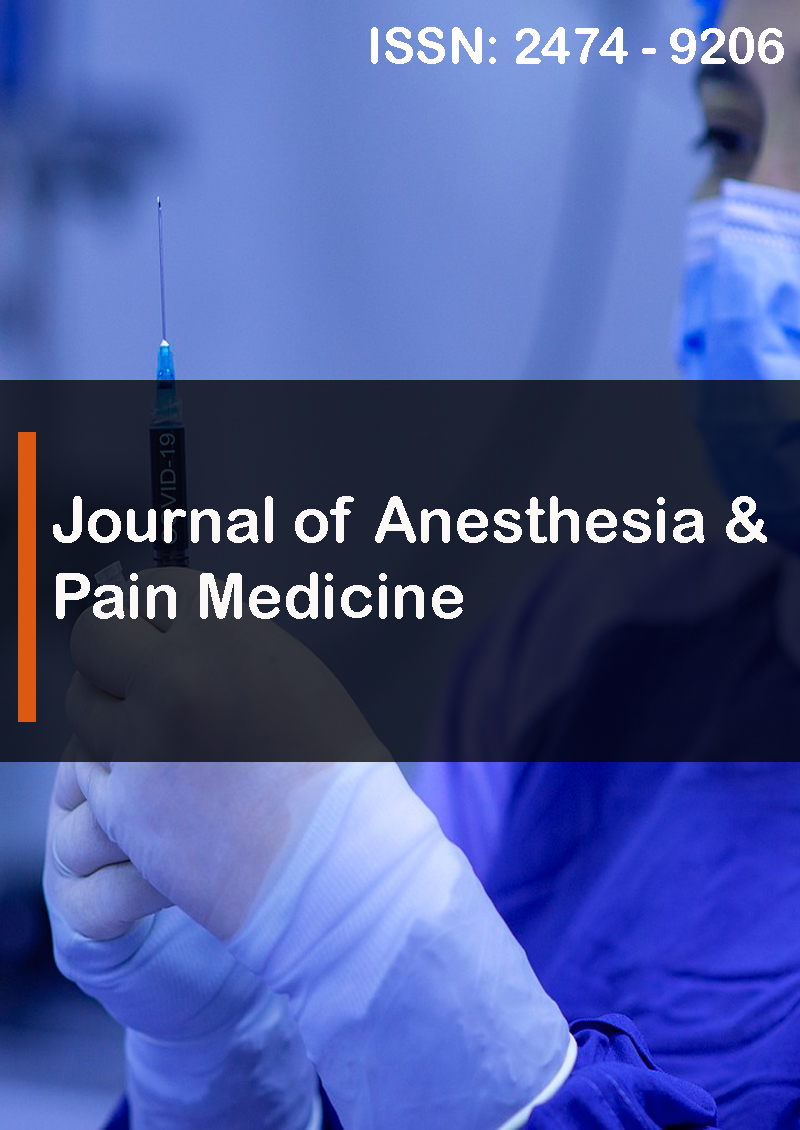Assessment of the Magnitude and Risk Factors of Post Spinal Relevant Hemodynamics Associated with Caesarean Section in Bahirdar University Hospital, Northwest Ethiopia, 2020
Abstract
Yilkal Tadesse, Kassaw Moges, Fantahun Tarekegn
Background: Maternal hemodynamics is a common clinical problem for caesarean section under spinal anesthesia. The main objective of this study was to determine magnitude of post spinal hemodynamics and factors associated with relevant maternal hypotension during caesarean section.
Materials and Methods: This cross-sectional clinical study was conducted among 143 pregnant mothers who underwent caesarean section from January 29 to April 15, 2020. Simple random sampling technique was conducted with fulfilling the inclusion criteria. Maternal hemodynamic changes and the severity were assessed within 60 minutes after spinal injection. The systolic blood pressure (SBP), diastolic blood pressure (DBP), and heart rate (HR) of parturient were recorded during the perioperative period. These times of recording were including the admission to operating room (preanaesthetic baseline), immediately after anesthesia (displayed as 0 time), and minutes of 3, 5, 15, 20, 25, 30, 35, and 60 after spinal injection.
Results: The incidence of relevant maternal hypotension was 55.9 %. From these, 31patients (21.7%) were connected with sever hypotension. There was a highly significant relationship to sensory block height above T4, at 10 minutes of post spinal anesthesia P < 0.001 (AOR= 5.340; 95% CI: 2.235 - 12.762), Elective degree of urgency involved P_ 0.038 (AOR=0.207; 95% CI: 0.047 - 0.918) and Dose of local anesthetic more than 2.5 ml or > 12.5 mg of bupivacaine, P_0.001 (AOR= 7.815; 95% CI: 2.338 – 26.12).
Conclusion and Recommendation: Lowering the intrathecal dose of spinal anesthesia seems to be a useful technique to reduce the incidence of hypotension and better preserves maternal hemodynamic stability. The study showed that the incidence of relevant hypotension will increase when the analgesic block level become higher than T4 dermatome within 10 minutes. Depending on the degree of urgency, a parturient with an emergency base for caesarean delivery may be a useful tool to predict relevant hypotension during spinal anesthesia. The hospital management and responsible clinicians of GUH need to minimize the incidence of post spinal relevant hypotension by adquate preotimization and taking to account avaliable options.



